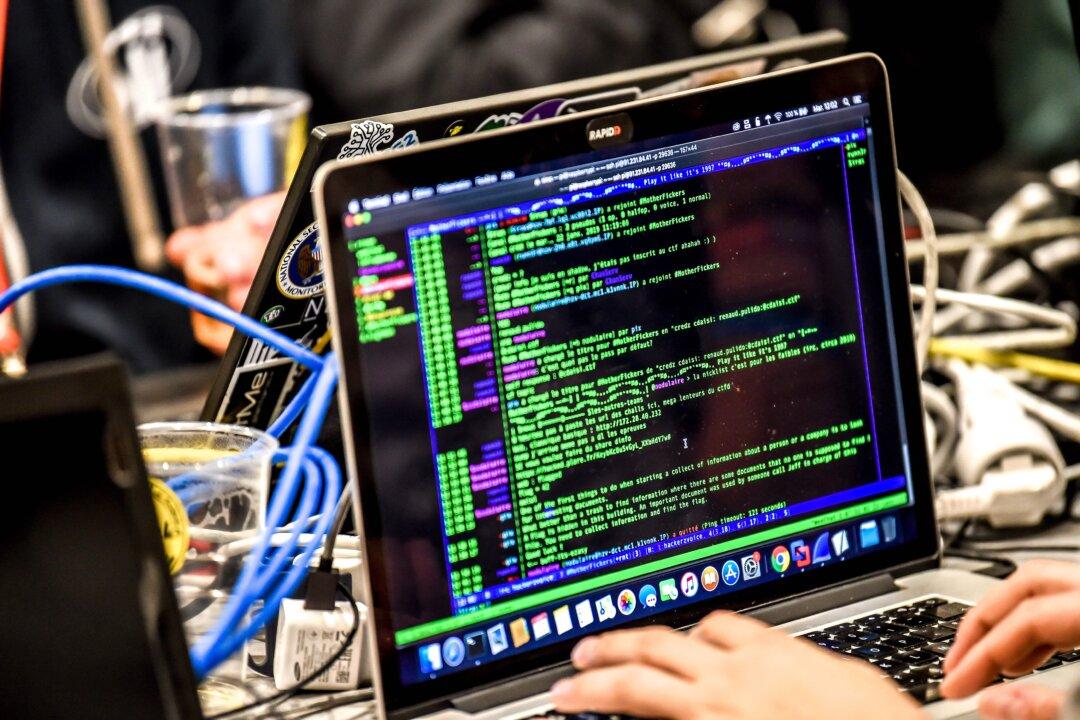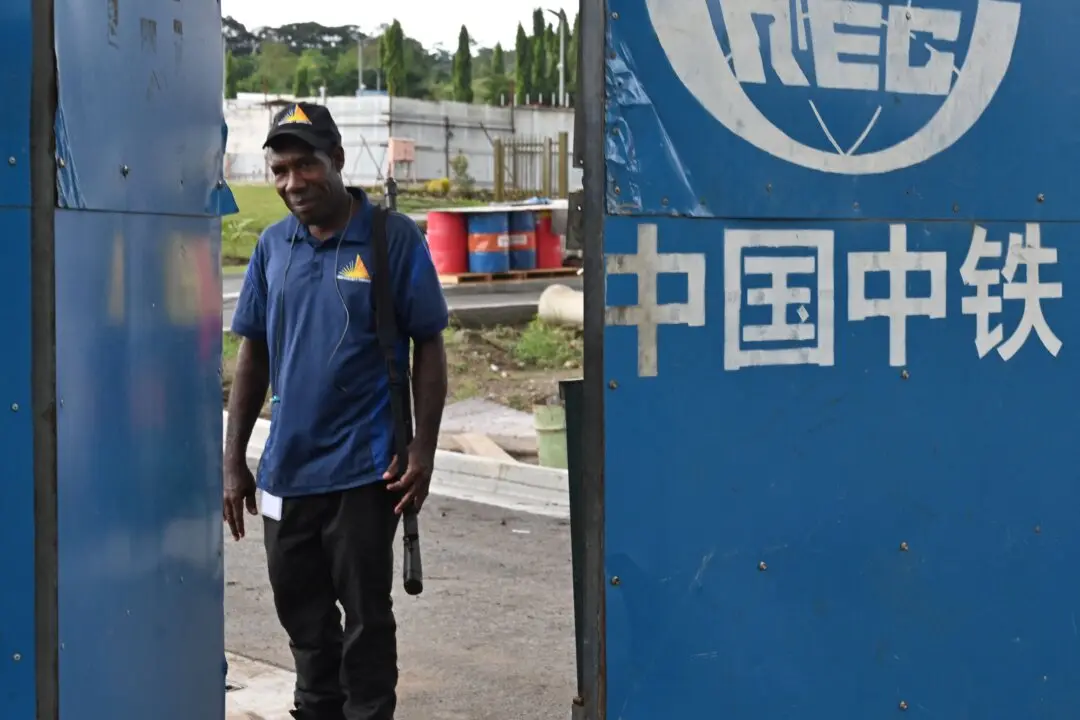Australian families and businesses are urged to safeguard their cybersecurity as a new report reveals cyberattacks are ramping up against the country and costing $29 billion a year.
The report (pdf) from the Australian Cyber Security Centre (ACSC) found national security agencies received 59,806 reports of cybercrime over a 12-month period, almost one every 10 minutes.





